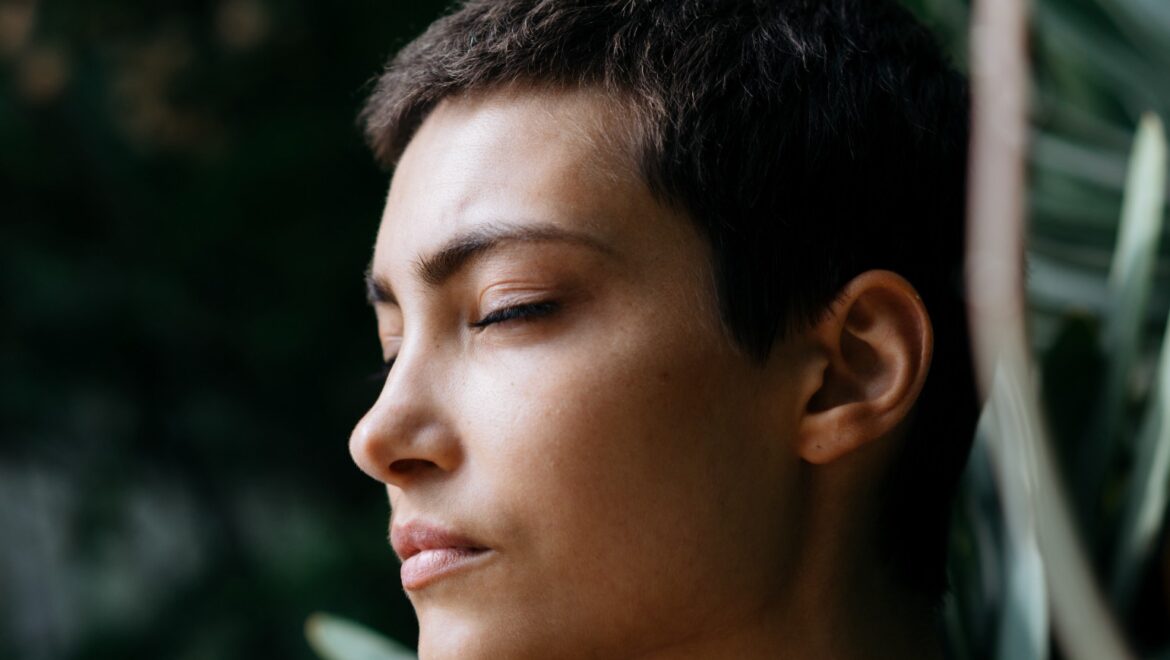
Ananda is an organization created by the successors of Paramhansa Yogananda, one of the great Indian saints of the 20th century. Yogananda lived and taught in America from 1920 until his death in Los Angeles in 1952.
The meditation technique Yogananda taught is the ancient Indian practice of Kriya. At its heart, Kriya is about freeing up the life force/prana inside us for use in higher activities. This is done through specific techniques that still the restless prana inside us.
The course I took from Ananda is the introduction to Kriya and is step one of five necessary to learn advanced Kriya. Steps two through five are somewhat secretive because Kriya is taught in a guru-disciple manner. In other words, it needs to be transmitted by someone who has reached the high levels of Kriya. This is part of the ancient Kriya tradition.
The course was taught online and consisted of a live teaching each week plus several readings and recordings to watch. It was highly professional and I liked all the teachers.
I’ll give a short summary of what this meditation technique entails, then give one main pro and con from my experience.
Kriya summary
The technique involves four phases:
-First, before starting a meditation session, one is to perform a series of what are called energization exercises. There are 39 exercises and their purpose is to get our energy flowing properly. Ananda has a more metaphysical description of energization involving drawing in cosmic energy through our brain’s medulla oblongata, but for our purposes, energy flow will suffice. These exercises can also be performed at any time of the day, apart from meditation.
–Second, the meditation session starts with thanking God and any gurus or saints for the wisdom they’ve imparted. This leads to a few breathing exercises, including one involving a short inhale, then a long inhale, then tensing the body for a few seconds, then a short exhale and finally a long exhale. Another is to inhale for eight seconds, hold for eight, and exhale for eight, for 6–12 sets. All of this warmup leads to —
-Third, is Hong-Sau breathing. Say what? Hong and Sau are Sanskrit words that mean “I am spirit.” The sound they make when we say them in our minds is supposed to have a calming effect on the breath. And calming the breath calms the mind. The middle part of the meditation session simply involves saying to yourself “Hong” on the inhale, and “Sau” on the exhale for several minutes.
-Fourth, the final part of the session involves simply enjoying the peaceful, still state one has reached by performing steps one through three. It’s like mindfulness meditation where we simply linger in the moment, observing anything in our field of awareness, like sounds, feelings and even thoughts.
While some meditation techniques involve doing one thing the entire time (from what I know, TM is about saying a mantra over and over and that’s it), many I’ve studied are similar to Kriya in that there is a beginning, middle and end structure.
We start by relaxing and doing some breathing exercises. Then graduate to following something specific, like our breath or, what I do, which is a body scan. Then end in some sort of mindful awareness.
So that is a highly simplified summary of the introductory Kriya technique I was taught. Instead of giving several observations, I’ll focus on just two.
THE PRO
If I had to pick one word the instructors drilled home more than all others it would be relaxation. They said it is the key to meditation. This really hit home with me.
Of course, I’ve heard others talk of relaxing in meditation. But the Ananda teachers, through continuous emphasis, made relaxation central to meditation. Relaxed breathing. Relaxed awareness. Relaxed body.
Which makes total sense. When we relax everything, our mind relaxes…and stills. Which is the main objective of all meditation techniques.
I will use this emphasis on relaxation in my own meditation practice for the rest of my days. For that alone, I am more than grateful that I took the course.
THE CON
My one problem with the Ananda/Kriya technique is that it is rigid. The energization exercises, the breathing exercises and the Hong-Sau breathing all need to be done in a certain way, in a certain order. This was reiterated several times by different teachers.
It felt forced and inflexible. I’m confident that the Ananda people would agree with that. Kriya is a very specific, ancient technique.
For me, it’s a preference issue. I’m not saying there’s anything wrong with this technique. I simply prefer the more flexible techniques, like mindfulness meditation where the main objective is being present, in a nonjudgmental way, with anything and everything happening in the moment.
The takeaway
Let me reiterate that I very much liked the vibe of the Ananda teachers. They knew their stuff and were professional. The $100 fee was way lower than the value they provided. I would have paid much more.
If you like strict structure in your meditation, I highly recommend taking the course. Go to Ananda.org for information.

0 comments
Write a comment